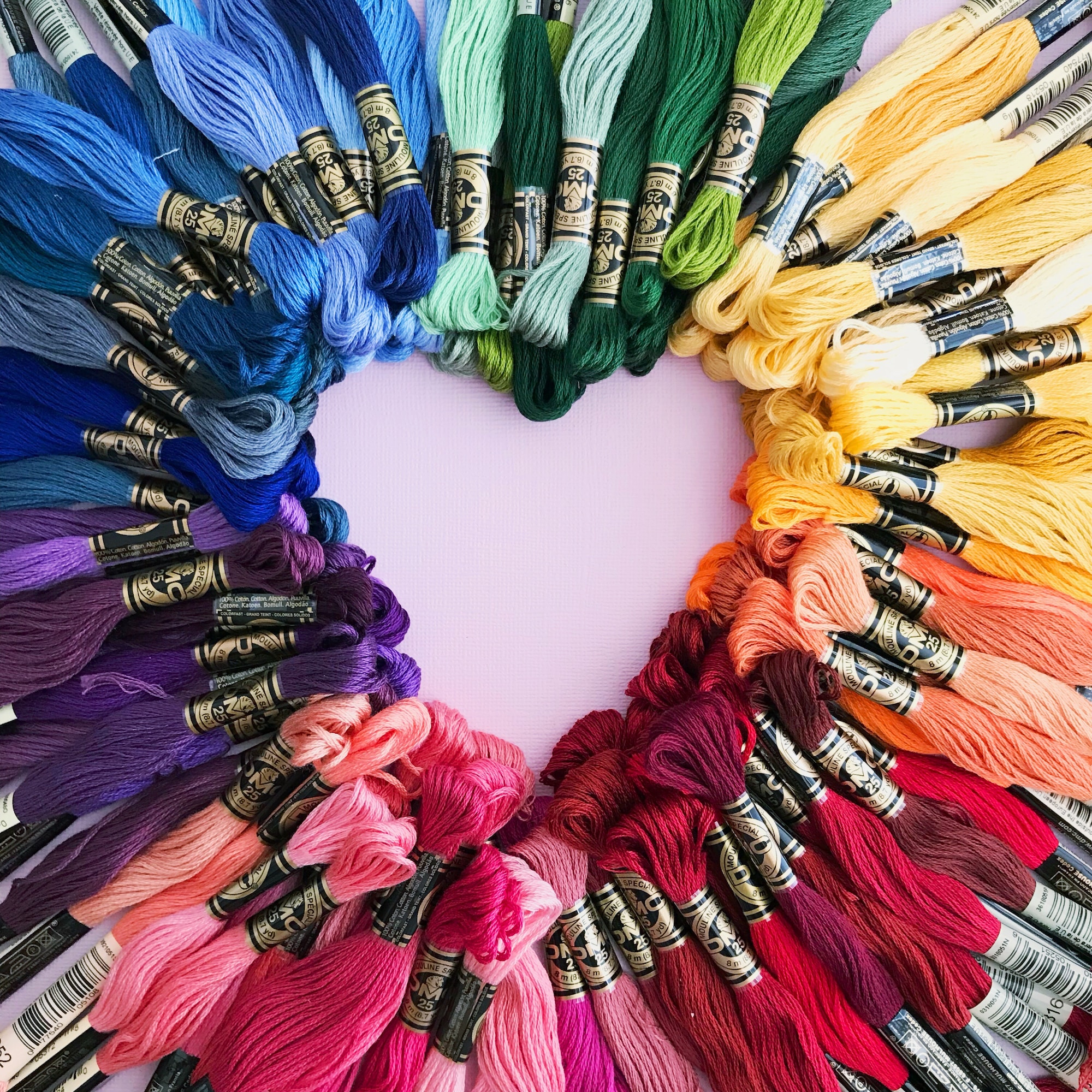Embroidery is a traditional skill or craft that involves embellishing textiles or other types of material by using a needle to thread yarn or thread through the fabric. This art form can also make use of various other elements like metallic threads, pearls, beads, feathers, and even sequins to add depth and intricacy. Embroidery techniques have been utilized in various applications, ranging from clothing items like hats, coats, and dresses to home décor like blankets and upholstery. The choices for thread or yarn colors in embroidery are extensive, offering a broad spectrum for artistic expression.
Historical Context of Embroidery
The craft of embroidery has ancient roots and can be traced back thousands of years. It has been a significant cultural expression across different civilizations, from ancient Egypt and China to Medieval Europe. Over the years, embroidery techniques have evolved, and different cultures have brought their unique styles and materials into the craft. Some traditional forms of embroidery like Crewel, Hardanger, and Sashiko have been passed down generations and are still practiced today.
Types of Threads and Yarns
Common Threads Used in Embroidery
- Cotton
- Polyester
- Silk
- Rayon
- Metallic
Yarns in Embroidery
- Wool
- Acrylic
- Cotton
H5: Table of Thread Types and Their Features
| Thread Type | Durability | Color Retention | Recommended Use |
|---|---|---|---|
| Cotton | Moderate | High | Quilts, Blankets |
| Polyester | High | Very High | Outdoor Garments |
| Silk | Low | Moderate | Fine Embroidery |
| Rayon | Moderate | High | Decorative Work |
| Metallic | Low | Low | Special Effects |
Application Areas for Embroidery
Embroidery isn’t limited to a particular form or function; it has a multitude of applications. Here are some common items where embroidery is frequently used:
- Caps and Hats
- Coats and Jackets
- Dress Shirts
- Denim Clothing
- Stockings
- Golf Shirts
- Blankets
- Table Cloths
- Curtains
- Handkerchiefs
H5: Table of Common Applications and Thread Recommendations
| Application | Recommended Thread Type | Additional Materials Used |
|---|---|---|
| Caps/Hats | Polyester | Beads, Sequins |
| Coats/Jackets | Polyester, Wool | Metallic Threads |
| Dress Shirts | Cotton, Rayon | Pearls |
| Denim | Polyester | Metallic Threads, Beads |
| Stockings | Silk, Rayon | Metallic Threads |
| Golf Shirts | Polyester | |
| Blankets | Cotton, Wool | |
| Table Cloths | Cotton | Beads, Pearls |
| Curtains | Polyester, Cotton | |
| Handkerchiefs | Cotton |
The Importance of Color Choices in Embroidery
Color is a vital aspect of embroidery. With a vast array of thread and yarn colors available, the possibilities are endless. Color choices can significantly influence the visual impact of the embroidered piece. Designers often use a color wheel to help them decide on the best hues to bring their creations to life.
Conclusion
Embroidery is a versatile and ancient craft that involves using a needle and thread to embellish fabric or other materials. With a variety of threads, yarns, and additional materials like beads and sequins at their disposal, embroidery artists have limitless possibilities for expressing their creativity. Whether used in clothing, home décor, or other applications, embroidery adds a unique and personalized touch to everyday items.
